-
Posts
203 -
Joined
-
Last visited
Content Type
Profiles
Forums
Gallery
Events
Posts posted by nikbud
-
-
Hi alexis, sorry I missed your question, I'm not on here as often as I should be.....
I'm not sure about the measurements of the strips for the stand, but I will open up the case in the morning and take some measurements for you.
-
Thank you Matt, im recovering but recovery is very slow.
I have been on so much morphine for so long that my hands and feet are massively over-sensitive, so work on the boat cant restart for at least another couple of months. A real PITA as I'm stuck at home on lockdown.
Hope you and everyone out there are keeping safe.
-
On 9/17/2019 at 3:52 AM, Jag said:
wow! amazing build nikbud! I'm really impressed.
Thank you Jag!
-
1 hour ago, Wallace said:
Last time I saw your post I said to myself that I have to get me this game again, now I really do have to make it!!
Fixed it for you Mark!
- popeye the sailor, Canute and mtaylor
-
 3
3
-
-
15 minutes ago, JToma said:
Sorry to hear that. Hope all goes well.
Thank you, Jeff
-
7 minutes ago, Edwardkenway said:
Wishing you well Paul
Thank you Edward.
-
Ooh, I really like the look of this ship, hope you don't mind ifn I pull up a chair for this build.
- mtaylor and Kikatinalong
-
 2
2
-
-
18 minutes ago, Wallace said:
Here's looking at a speedy recovery Paul!
Thank you Mark, I appreciate that.
I'll be honest as long as it's a full recovery I don't mind how long it takes!
-
On 8/13/2019 at 6:42 PM, Edwardkenway said:
I hope you've got some Wizardwood from the Rainwilds for her.
I wish, Edward, but wizardwood is a bit beyond my pocket, tools and skillset!
I have to apologise for this late update; the work was done back in April but I was expecting to do more work and then had forgotten that I hadn’t made an update.
It looks like only a little work but most of a day was spent sanding the hull and tidying up the planking on the transom. I have lost a little chip from the transom planking - which will be fixed after the hull is planked. I also lined the tiller hole (there must be a nautical for that!) with 0.5mm strip of maple. the whole area still needs sealing and sanding;
Next was starting work on attaching stem and the keel to the hull.
I started by drilling holes in the stem. I drilled from back to front - this was to ensure that the hole would be central to where the stem meets the hull, and any breakout on the outer surface will be covered by the false keel strip;
Once the holes were drilled I inserted pins in the holes and offered the stem up to the hull.
These pins will mark where I will drill holes in the hull. The pins will then be CA’d into the holes and thus the stem, and keel, will create the rabbet for the single layer planking.
Unfortunately that is where progress has stalled. and will probably remain stalled possibly until next year.
Most of my summer was taken up with repeated medical investigations and worry, and the last month and the next 3-4 months have been/will be taken up with the associated medical treatment. Luckily the treatment should result in a cure. I may be well enough to do the odd bit of work in the shipyard, but with the intensity of treatment ramping up within the next three weeks , it’s likely that I won’t be well enough.
I do apologise to all of you who have followed, liked, commented or even just read this log, I WILL return, and I WILL finish this ship.
I will also try and be more active on this forum, so c’mon guys, get building!
Cheers,
Paul
- GrandpaPhil and Edwardkenway
-
 2
2
-
Another vote for a job well done, Matt. You did yourself and the kit proud, and I bet, like the rest of us '1819 builders, you have learnt a lot that will serve you well in the future.
Looking forward to seeing a link in the 'current build' part of your sig...….
- Matt D, FrankWouts and J11
-
 3
3
-
Hi everyone, this not a kit but it is made in wood so I hope it counts.....
I used to love playing the board game Mastermind - "A game of cunning and logic for two players - Break the hidden code!" when I was a kid and I recently introduced my 12 year old daughter into the joys of said cunning and logic. The original game had 4 holes to encode and after playing this for a while we decided to purchase from ebay the super 5 hole version. Unfortunately, upon arrival the game stank of age/mildew etc, so I made my own from (hopefully) spare wood from my Vivacia build.
The bottom box is made from 3mm board for the base and 4mm birch ply sides.
The top box from; 4mm birch ply for the playing surface, 5mm walnut for the sides, 2mm lime strips and .5mm maple for the edging. the code cover was made from 1mm basswood sheet. I know the holes aren't perfectly straight but its unnoticeable while playing.
Cheers, Paul
- GrandpaPhil, mtaylor, RichardG and 4 others
-
 7
7
-
Another vote for the Aztec, I found it extremely easy to clean.
Almost all of the plastic models shown in the link in my sig were airbrushed with the Aztec.
As others have said practise, and then practise some more. Check out some Armor/Aircraft modelling websites and model railroad ones too.
The most important thing for me was getting a water trap fitted between the compressor and the airbrush, I had horrible spitting without it.
- Landlubber Mike, Canute, druxey and 2 others
-
 5
5
-
8 hours ago, Matt D said:
I'm not sure I want to talk about this, but I'm thinking about making my own sails for this model. The main rub for me is the giant ugly hems on the factory sails. I was looking at the photos in the kit and they have nice narrow hems like yours. I have the right fabric and I bought a light tan thread to use that will give just a bit of contrast. One thing that has held me back is the line that runs around the outside of each of the factory sails. I wasn't sure I could attach them to the ship correctly without the built-in lines. I see that you've made it work without that line and I can now see how your sails are attached. So I'm inching closer to breaking out the old Singer. It's probably one evening of sewing and I'm afraid I'll regret it if I don't.
Hi Matt, she is looking good!
I too made my own sails, out of handkerchiefs! A word of caution, don't make them too big, I did and had to skimp on some of the rigging.
With the "bolt rope" - the line around the edge of the sails - I simply glued it on. I can't remember if I soaked the line in pva and then stuck it to the sail or if I used a thin bead of pva on the sail and stuck the line to that. Either way should work. Sewing the bolt rope to the sail looked too out of scale, although I did sew a little in the corners to reinforce the loops (clews/cringles???) for the rigging.
Good luck!
-
Very nice work Matt, I like the fact that you have made the boat sit stern down in the stand - very nicely done.
If you are worried about the sails v drydock you could maybe go the whole hog and do a drydock diorama with the sails unfurled and ropes unwound drying in the sun...……….😎
-
I agree, you will end up with a much better looking boat replacing the dirty grey metal with wood. You are doing well there.
- FrankWouts and Matt D
-
 2
2
-
On 4/1/2019 at 6:13 PM, Old Collingwood said:
get some MicroSet and MicroSol,
I swear by this stuff, never had a problem with decals after using this.
-
I just had a quick look through my instructions and I think you are talking about part 11? If so then yes it is supposed to be sanded to match the shape of frame 10 to which it is attached. Hope this helps.
- FrankWouts and Matt D
-
 2
2
-
One of my all time favourite aircraft so will follow along.
Are you going to attempt the "classic" aircraft wheel bulge? its something I could never achieve.
Good luck.
-
I agree with them two 👆, its looking much better, keep at it!
Good to see you kept the six bands on the barrels too, not reduced them to four like some people...…. 🤔
-
-
Personally I wouldn't bother with a needle threader, you end up having to pull twice the thickness of thread through the hole. Just put some CA on the end of the thread - about 1cm - let it dry and cut the tip to a point.
Are you using the correct thread for the blocks? It looks a little thick- more like the thread meant for the standing rigging.
-


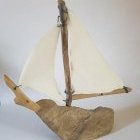
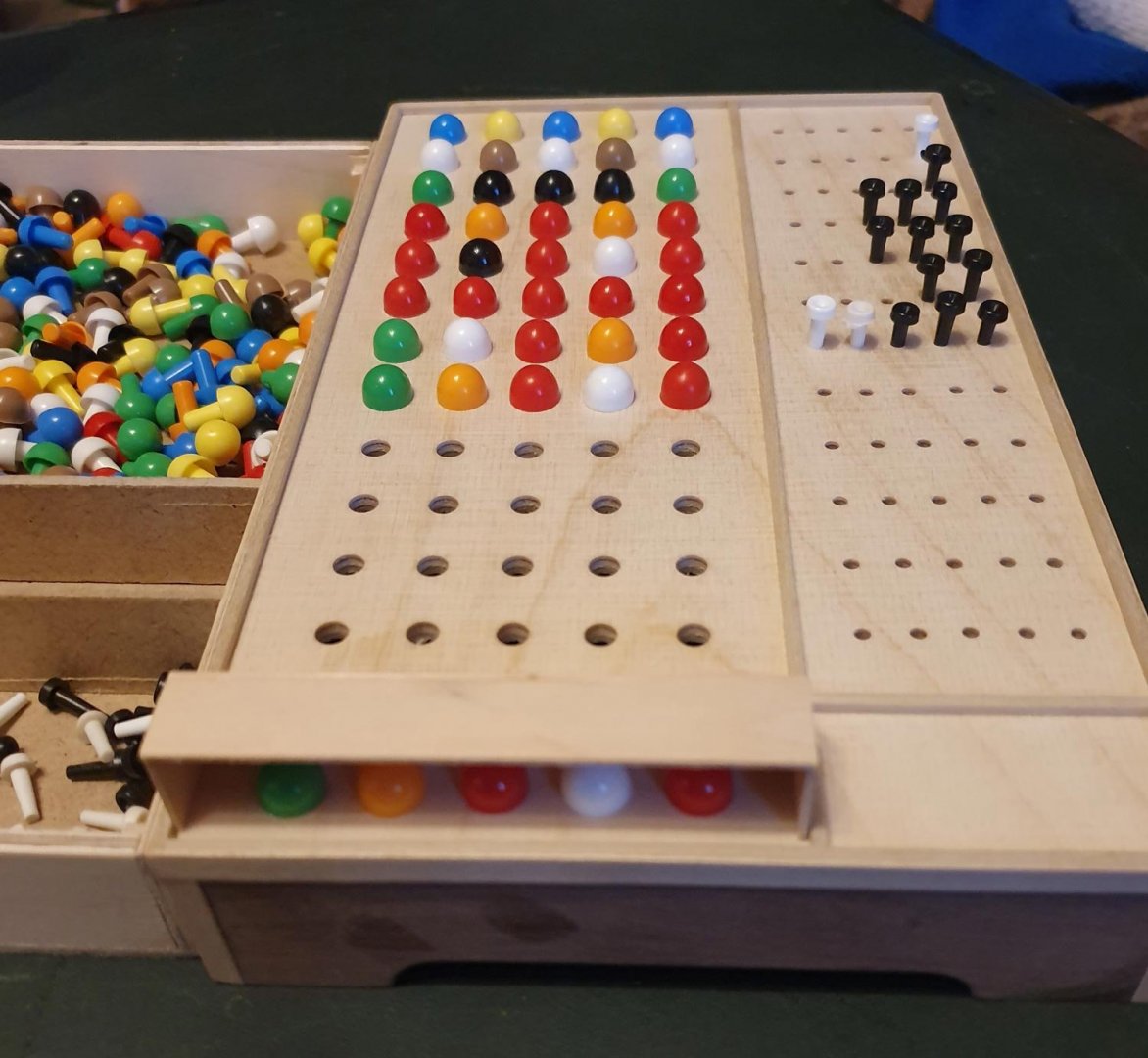
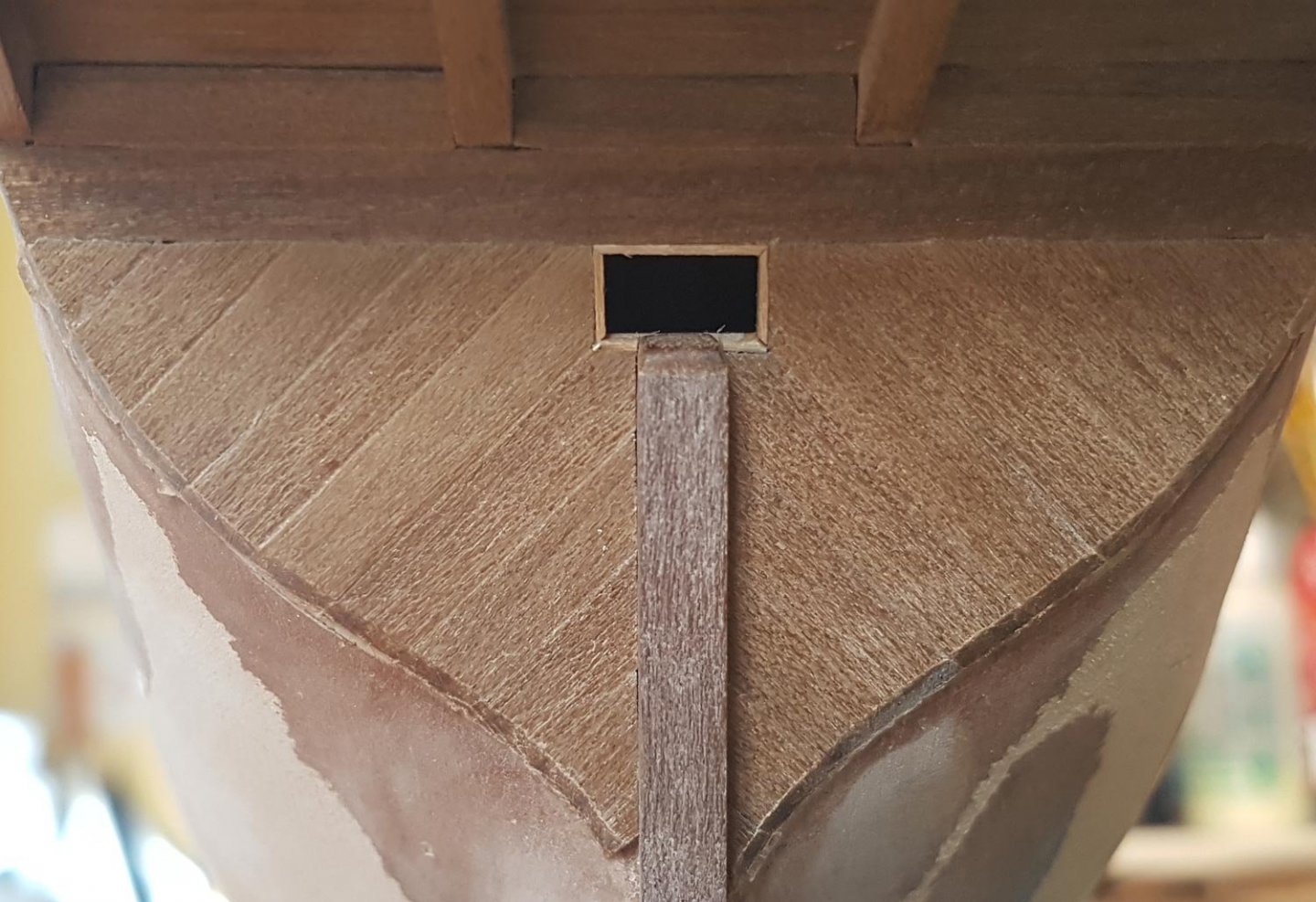
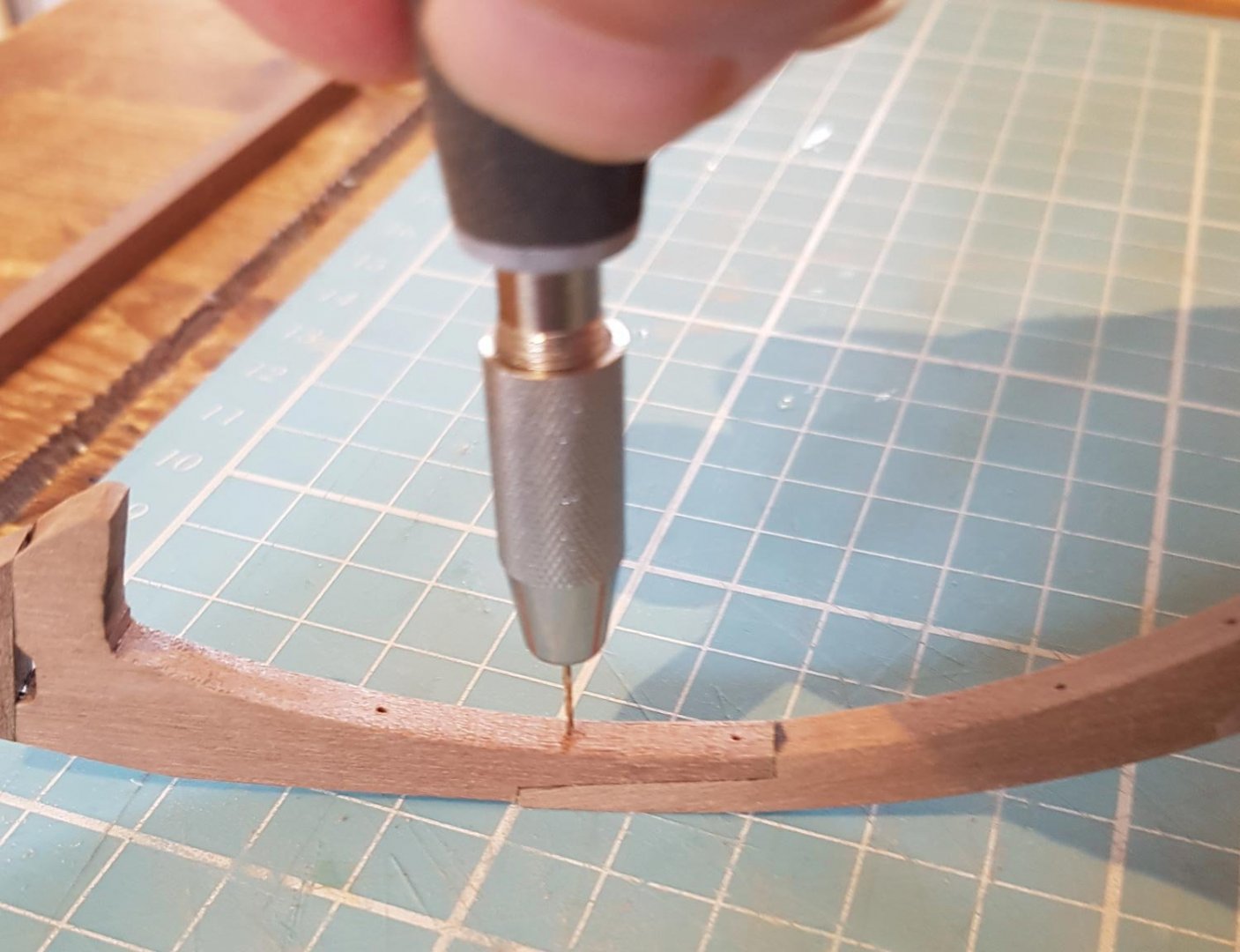
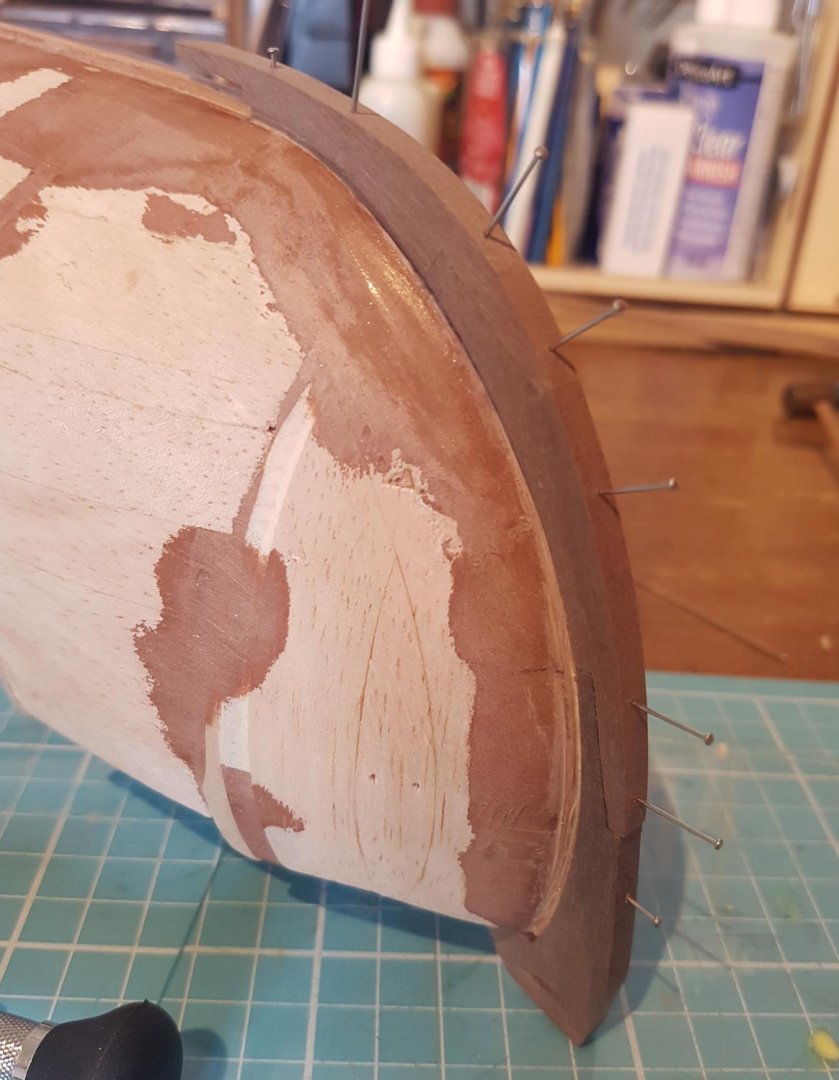
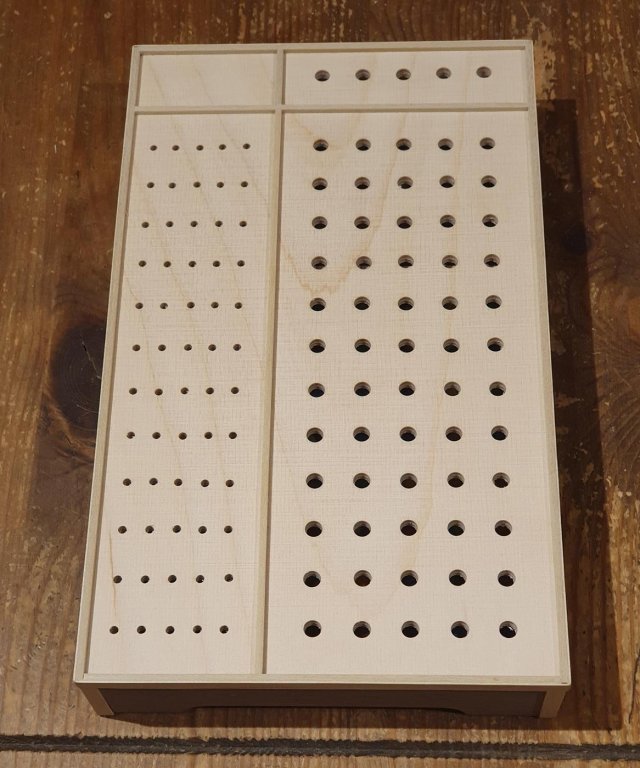
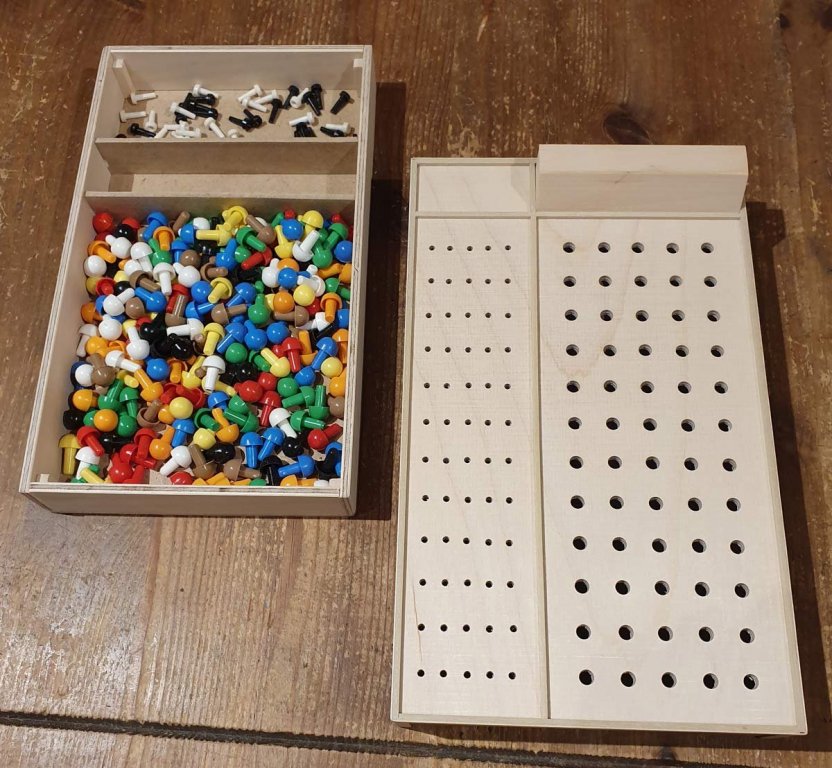
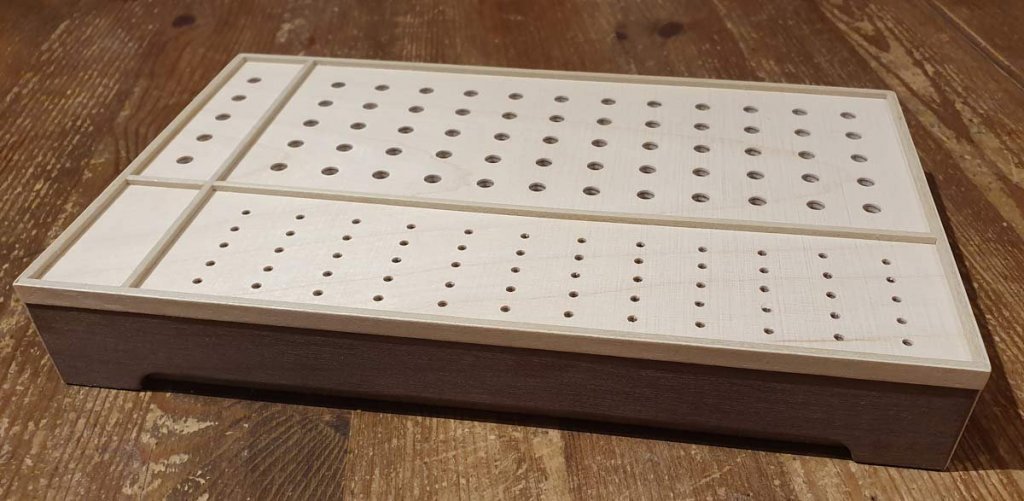
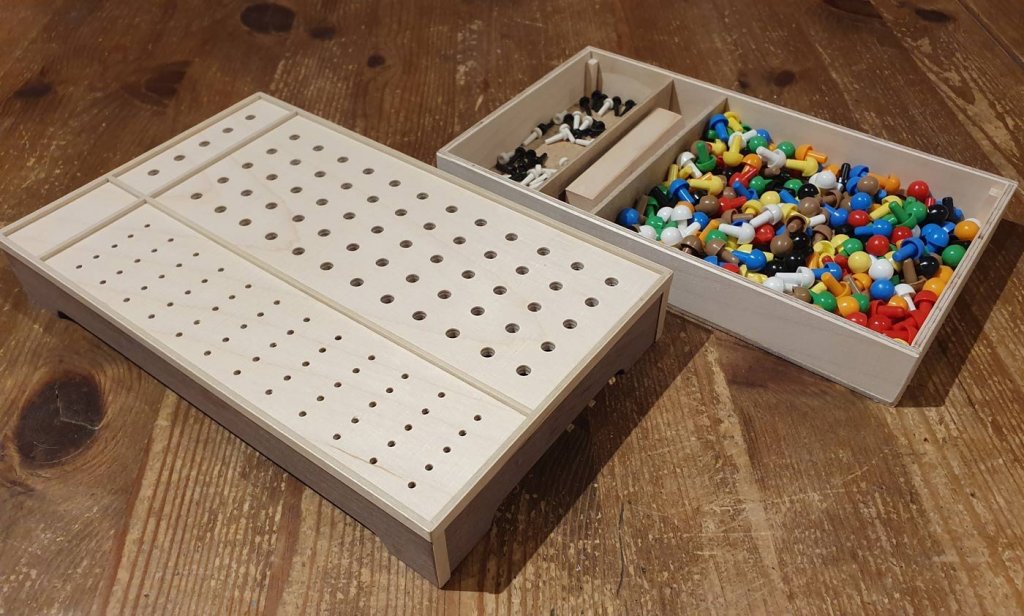
Virginia 1819 by nikbud - FINISHED - Artesania Latina - Scale 1/41 - First Wooden Ship Build
in - Kit build logs for subjects built from 1801 - 1850
Posted
Hi Alexis
I have just measured the strips and you are right; the thin strips are 2mm x 5mm from the kit. the square strips are 5mm x 5mm, although they all have been very well sanded to get them very smooth so the measurements are more like 1.5 x 4.5 and 4.5x4.5.
so the strips either side of the keel are 5x5 with a 3x3 small strip between them at either end. If i remember rightly i had to do a little sanding in the inside edge of the two long strips - after they had been glued together - to make the keel fit snugly.
I hope this made sense???
Cheers n be safe,
Paul